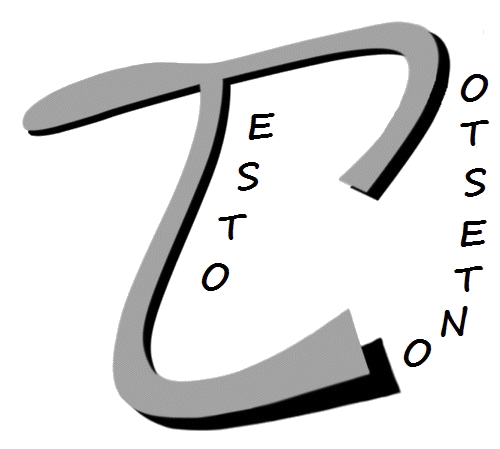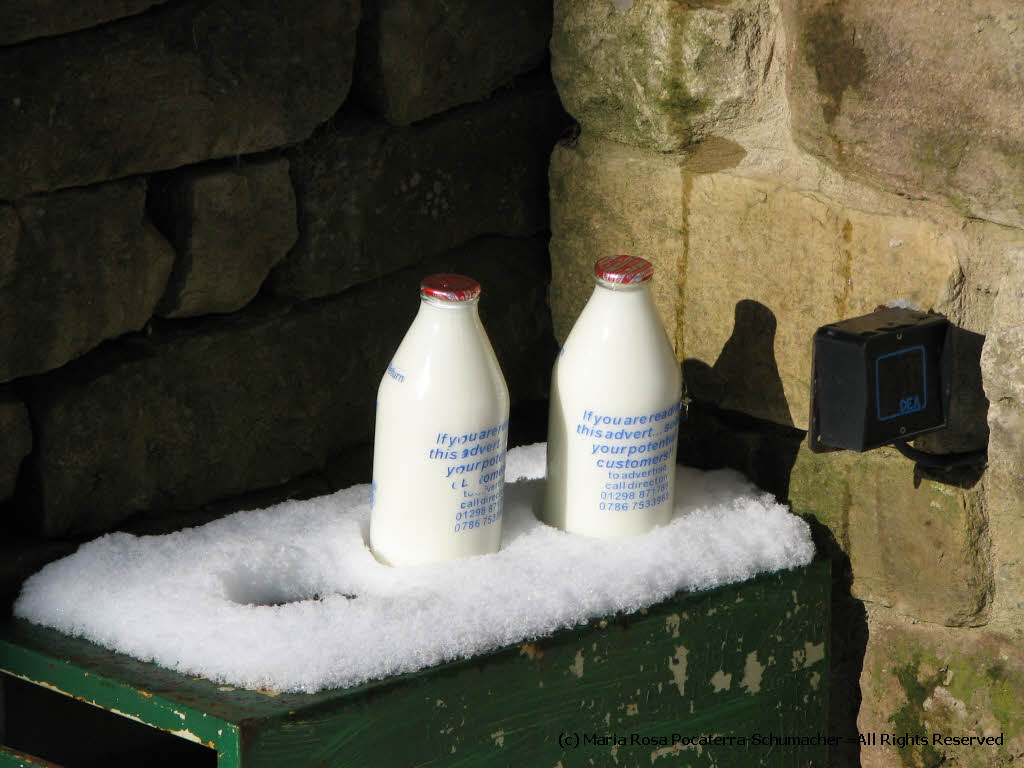 |
de Maria Rosa Pocaterra-Schumacher |  Linkedin Profile Linkedin Profile mrosa[at]testoecontesto.com |
In English
Why just a small page for Italian and English? First of all because I live and work in France and I think it only fair, therefore, to reserve a special treatment for my French customers. Secondly, there was no use, I thought, in repeating date, pictures and such like.
I shall begin from my label: TextandContext. Why this label? Because a text is always linked to a context (as shown by the examples on the Homepage) that you cannot be ignored. The first part of my job is therefore understand the message in the source language (French and English) and then to transpose it into the target language (Italian), a process which may include the following steps:
- adapting: in some fields, such as
advertising, translating often means rewriting. For example
« XXX (name of a transportation company), leads the way to the USA! » in Italian becomes « XXX, ed è subito America », so as to take into account the different cultural references in the two languages. - improving the original text. I sometimes come across inconsistencies in the source text. I put such issues to the author in a list of questions, which enables me to produce a translated text that is often more precise than the original.
- proofreading of texts
that have already been translated by others:
«…Tra i 15 e i 65 anni, le alterazioni del benessere urinario riguardano una donna su due. Questa può avere un’origine batterica... ». Anyone who understands Italian can easily see the problem with this sentence, even without reading the source text.
I establish a customized, one-to-one
relationship with my clients, handling the work directly, without
any middlemen, thereby guaranteeing maximum confidentiality. For big
projects and/or ones involving several languages, I work together with other
experienced colleagues, in total transparency.
With quality as my major concern, I adopt the same approach for all
translation jobs, whether they are for a short ad in a local paper
or a weighty software manual.
I always ask to see the source text before providing a quotation so as
to make an accurate assessment of the difficulties and
to ensure that my proposal is as accurate and definitive as possible.
Once I received a signed quotation, I get to work.
I start by carefully reading the text, if necessary searching
the subject by means of reliable information written in the target language
and preparing a glossary.
I use specific computer assisted translation tools
(CAT) such as Trados which allows higher productivity and consistency for me and greater profitability
for you. These tools take into consideration new and repeated phrases, determining the percentage of
the document that would have to be translated from scratch and the percentage that may be reused.
Clearly, being able to reuse some parts of already translated documents saves time and therefore costs,
allowing me to offer my customer a significant discount. Of course, not all types of texts are suitable
to be processed with a CAT tool.
Before and during the translation, I might send a list of questions to my customer in order to clarify some points. The time "wasted" in answering these questions is, in fact, time and money saved, in that it avoids the need for later corrections and editing. This attention to detail is usually much appreciated by my customers, as you can see from the following comments:
-
« Hi again, I think you are assuming the right thing. Many thanks for your conscientious (is that the right word?!) work! »
Mme Falter, DG Pêche.
« Merci beaucoup pour toutes ces observations qui permettent aussi de corriger des « boulettes » en français. ….. », M. Cichowlaz, CRPM.
Finally, I proofread my translation, first on the screen, against the original, and then on a printout. In some cases, I leave the text "to rest" overnight in order to give it the final touch the following day (especially when editing a base line).
I wanted to describe this process in detail in order to explain that a good written translation is like a cooking recipe: if one of the ingredients is missing or insufficient (i.e. the price), your dish might not turned out good as you hoped!
At present, I specialize in EU policies, advertising, real estate and legal
translations and I offer liaison interpreting services in IT/FR/EN, i.e. at general assemblies of property co-owners, oral and written communication between estate managers and co-owners, translations
of emails and so on.
My personal interests drove me to investigate local public
transportation policies through the creation and running from, 2002 until 2005, of an association for the development of transportation means
other than the car (VIVA06), and later I became interested in the AMAP system, a contract between a producer and a
group of consumers seeking to preserve
long-term sustainable farming.
